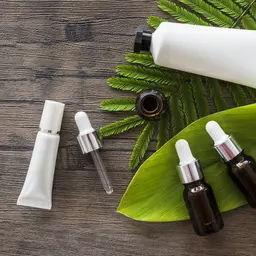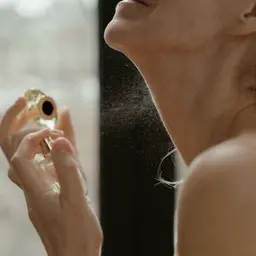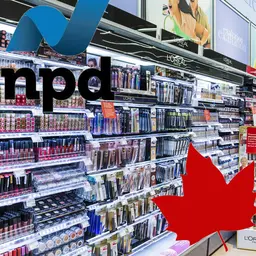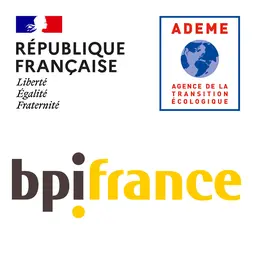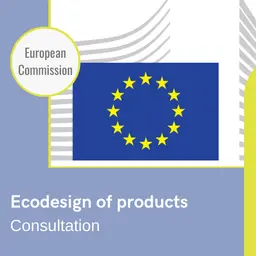
The fashion and beauty industries have always been closely aligned, with runway trends often dictating the latest crazes in makeup and hairstyles. The two industries have now officially collided with the arrival of cosmetic textiles. According to consulting and research firm Kline, the cosmetotextile market’s recent rise is paving the way for a new means in which consumers can consider their garments, providing a new growth avenue for both cosmetic and apparel manufacturers.
Cosmetic textiles are functional fabrics impregnated with cosmetic ingredients that are released onto the skin during the course of wear. These garments can provide the wearer with multiple cosmetic benefits, such as moisturization, slimming, UV protection, energizing, or odour management.
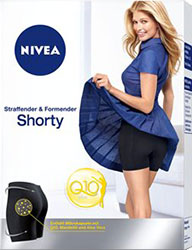 Many beauty companies are testing the waters with their own cosmetic textiles. Beiersdorf has introduced the Nivea Q10 Firming & Shaping Shorty, which claims to help firm the skin and shape the silhouette. The textile includes the encapsulated Q10 ingredient, which is featured in many of Nivea’s topical skin care treatments.
Many beauty companies are testing the waters with their own cosmetic textiles. Beiersdorf has introduced the Nivea Q10 Firming & Shaping Shorty, which claims to help firm the skin and shape the silhouette. The textile includes the encapsulated Q10 ingredient, which is featured in many of Nivea’s topical skin care treatments.
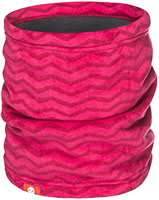 Cosmetic giant L’Oréal has teamed up with Roxy, a sportswear fashion brand, to develop a range of products under the Biotherm brand. The first item, a neck warmer, debuted in late 2015 and is said to help nourish the skin when exposed to extreme conditions. The product contains micro-capsules that contain anti-inflammatory marine-christe extract, shea butter, apricot oil, and anti-oxidant vitamin E ingredients.
Cosmetic giant L’Oréal has teamed up with Roxy, a sportswear fashion brand, to develop a range of products under the Biotherm brand. The first item, a neck warmer, debuted in late 2015 and is said to help nourish the skin when exposed to extreme conditions. The product contains micro-capsules that contain anti-inflammatory marine-christe extract, shea butter, apricot oil, and anti-oxidant vitamin E ingredients.
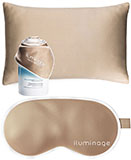 Iluminage Beauty, which is a joint venture between Unilever Ventures and Syneron Medical, has introduced a pillowcase containing fibers that are embedded with cupron copper oxide technology. The product claims that it can reduce the appearance of wrinkles and smooth the skin within four weeks of …
Iluminage Beauty, which is a joint venture between Unilever Ventures and Syneron Medical, has introduced a pillowcase containing fibers that are embedded with cupron copper oxide technology. The product claims that it can reduce the appearance of wrinkles and smooth the skin within four weeks of …





